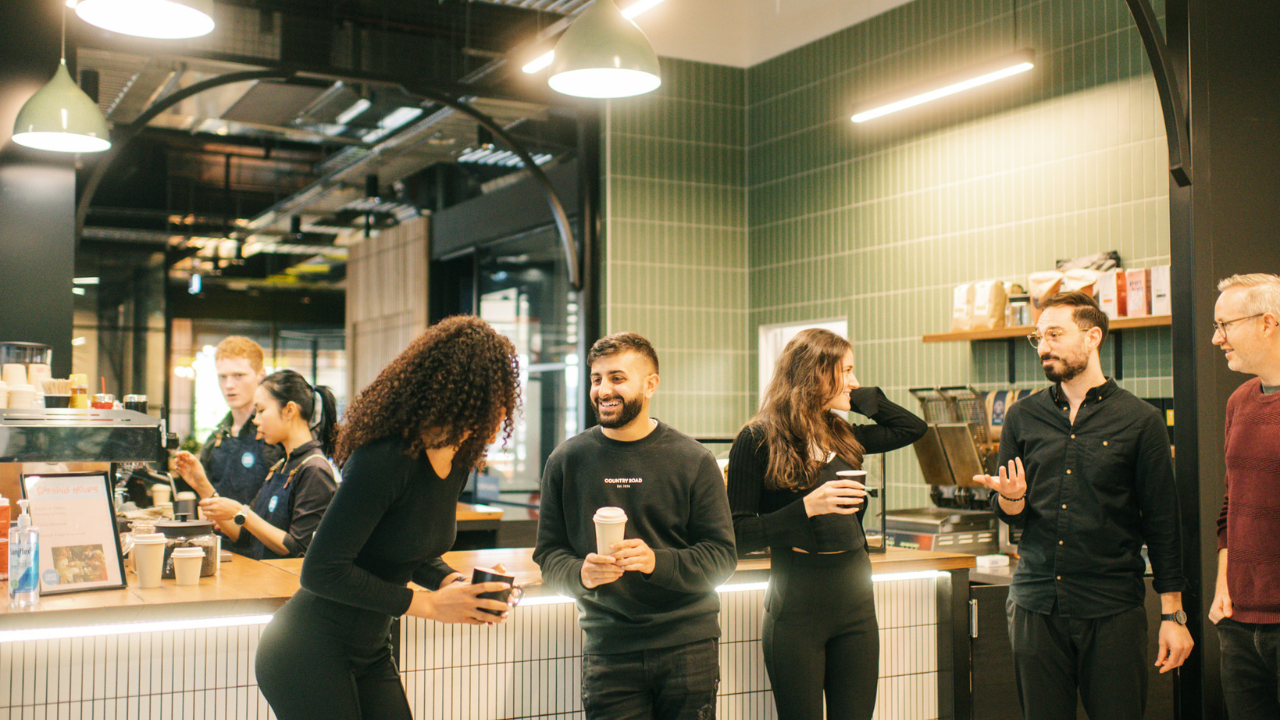Reviving Third Spaces
In the hustle and bustle of modern life, the places where we used to gather and build communities are slowly fading away. Those cosy coffee shops, bustling parks, and welcoming libraries — known as “third spaces” — have been on the decline for decades. This decline has had profound effects on our society, from exacerbating loneliness to impacting our health and well-being.
In this blog post, I explore this phenomenon and the innovative solutions emerging to combat it.
The Vanishing Third Spaces
Third spaces, which encompass bars, parks, coffee shops, libraries, and even sidewalks, have been a cornerstone of social life. These are the places where we meet friends, engage with our neighbours, and foster a sense of belonging beyond the boundaries of home and work.
However, several factors have contributed to the slow disappearance of these cherished spaces. The car-centric urban planning of the early 20th century made streets less welcoming, pushing people away from public spaces. Racial and class segregation have long shaped access to public places, further limiting the inclusivity of these spaces. Gentrification often displaces long-time residents and drives up the cost of amenities.
Moreover, the rise of remote work has emptied CBD’s as businesses abandon offices, leading to fewer opportunities for spontaneous social interaction.
The Loneliness Epidemic
The consequences of this decline in third spaces are far-reaching. One of the most alarming is the loneliness epidemic. One in five is reported feeling lonely or socially isolated often or all the time. A 2019 poll found that 22% of millennials reported having no friends at all. Loneliness and excessive time spent alone are linked to negative health outcomes.
In this digital age, we’ve shifted our social interactions online, spending more time in virtual third spaces like Instagram, X, and podcasts. We’ve never been more connected yet disconnected at the same time.
Building for Social Connection
The good news is that an increasing number of people recognise loneliness and are making efforts for themselves to overcome it – but it’s not easy, we have to create a reason for them to want to leave the home office and be about others.
I wrote on a recent post shared by Liz Elam of GCUC that:
loneliness is REAL
belonging is IMPORTANT
both of these factors drive me to build CreativeCubes.Co
My parents used to do things for my sister and I with justification that “they wanted to do for us what their parents couldn’t do for them”.
While the same thing rings true for my kids… if I take my dad hat off and put my entrepreneur hat on “I want to do for all people what was not available for me”.
Translation – a community of like minded professionals that i can bounce ideas off, draw inspiration from, help propel + fuel my business, engage and connect with on the regular.
This to me brings people into an inspiring space whereby the physical attributes do one thing to raise your head but it’s the people that make it what it is.
As we face the loneliness epidemic and the decline of third spaces, it’s clear that a multifaceted approach is required. We must invest in social infrastructure, revitalise CBDs, and create accessible public spaces. We’re trying to do our bit to make our members’ days that much better and it’s working really well.
Flex office operators I engage with at Flex Workspaces Australia understand this deeply and are building our fantastic thriving communities. I’d love to see more of this happen and encourage developers, asset owners to work in collaboration with community builders & leaders to play their role too.
Cloud tech & thousands of applications have enabled us to work from anywhere. It’ll come down to people wanting to live, work and play locally and so that fostering needs to continue to happen.
Let me know your thoughts – I value your comments




